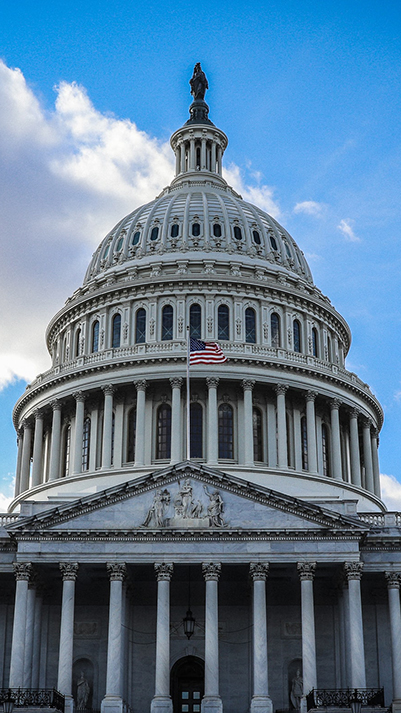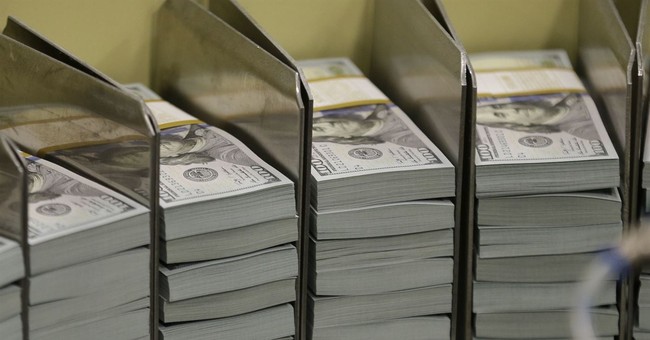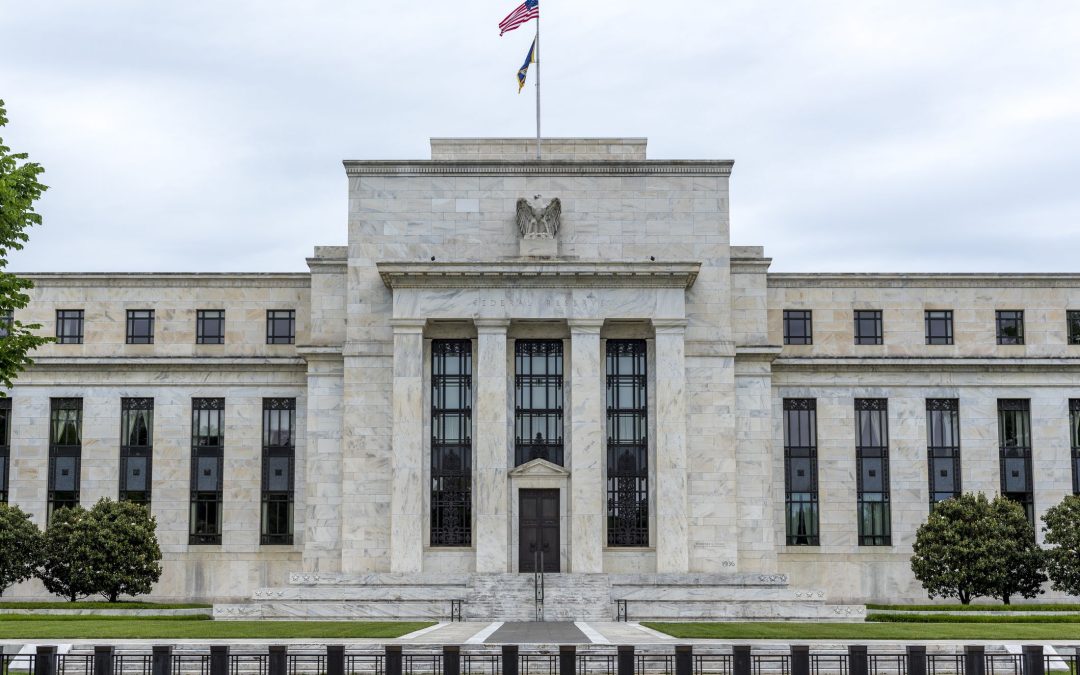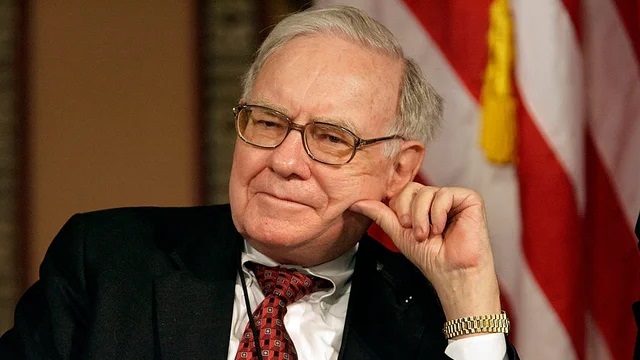The Bureau of Labor Statistics says there are 18,650 economists in the United States. You have to wonder what they are all doing? No one is better qualified to comment on the economic effects of public policies than economists. Yet, only a handful of them routinely do so. Instead, they yield the public square to non-economists who are only too happy to fill the void and whose opinions are often wrong.
“Where Have All the Economists Gone?” asks John Goodman. In four separate editorials on socialism, racism, taxes and the environment, Goodman says economists who have a lot to say are holding back while too much nonsense dominates the public policy discussion.










